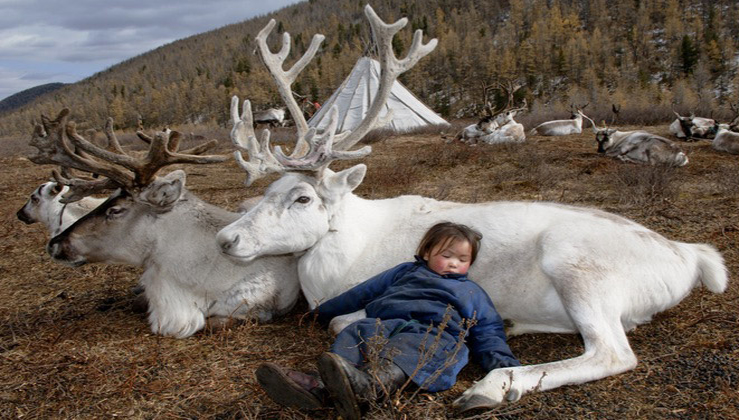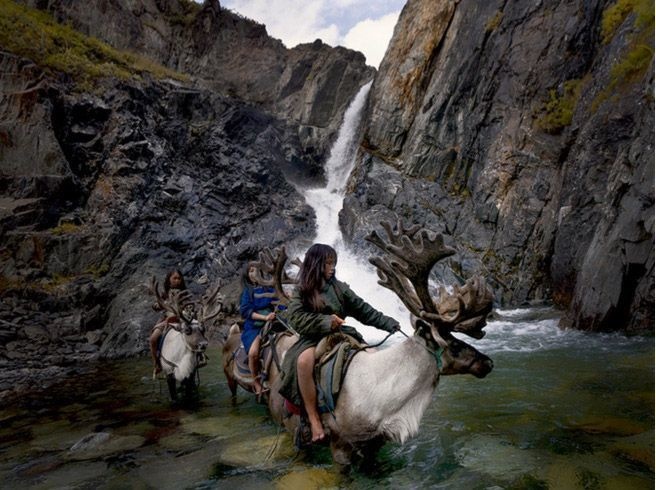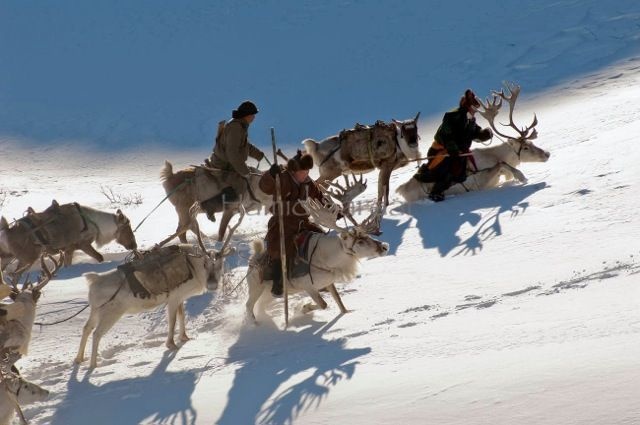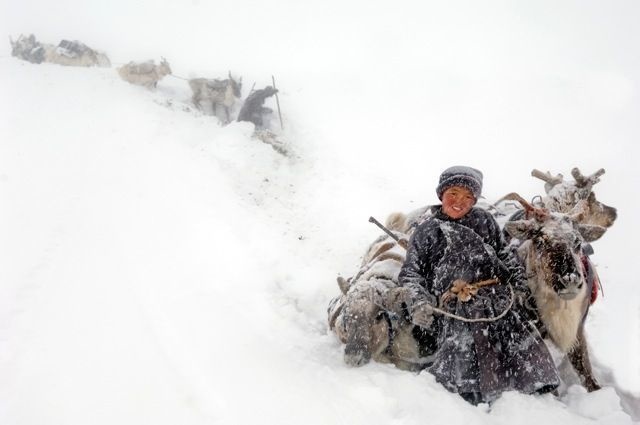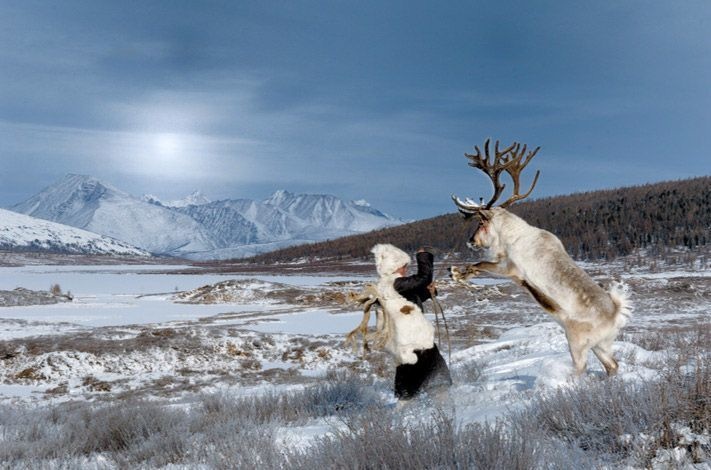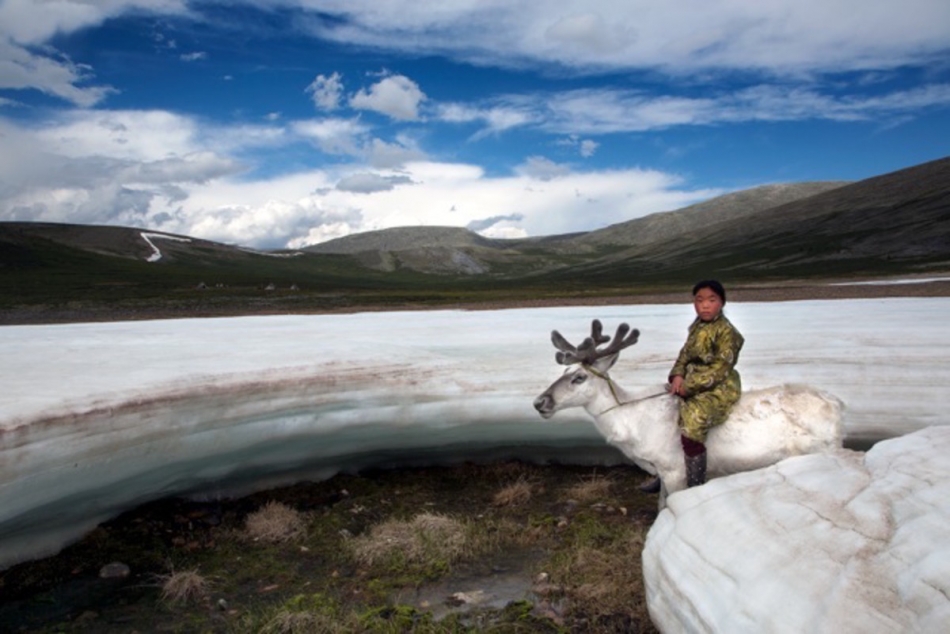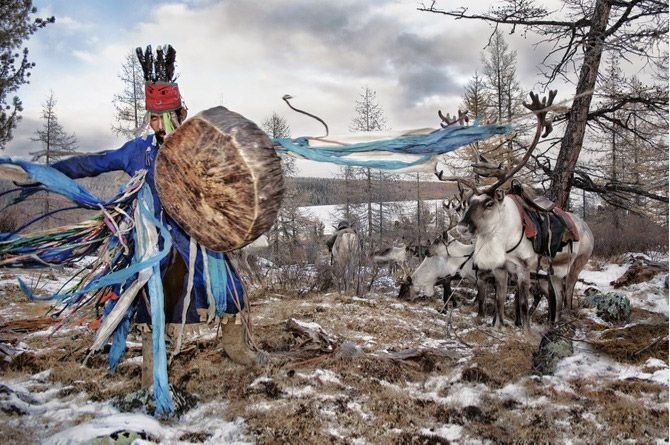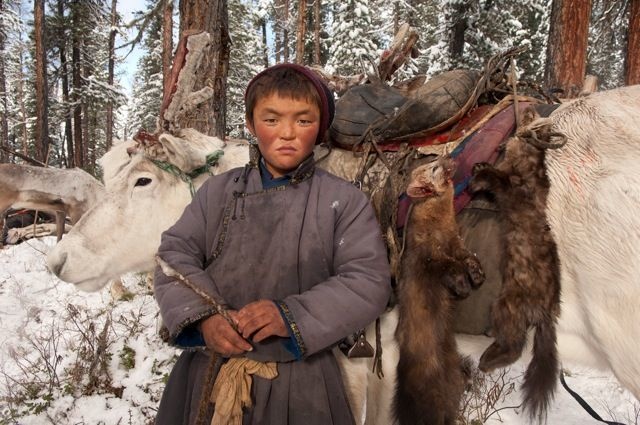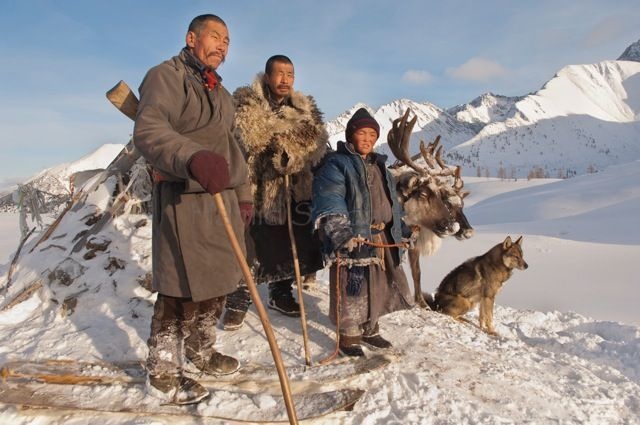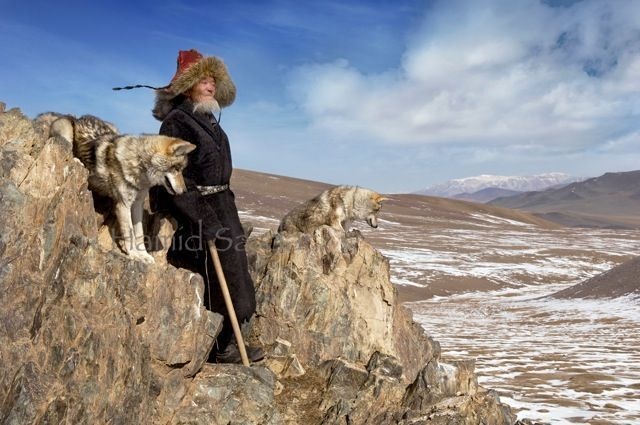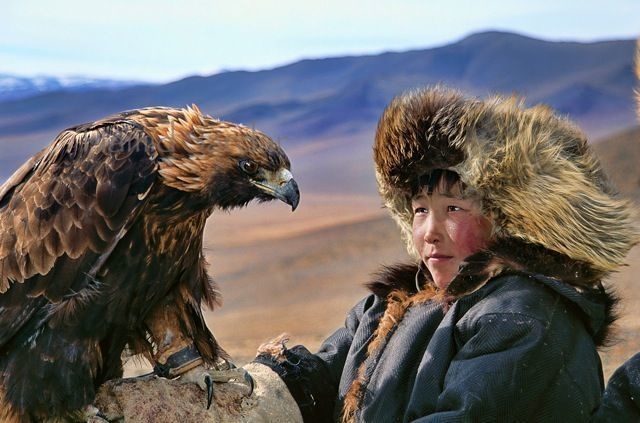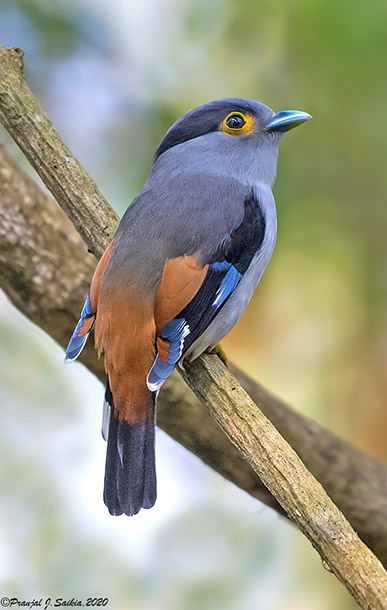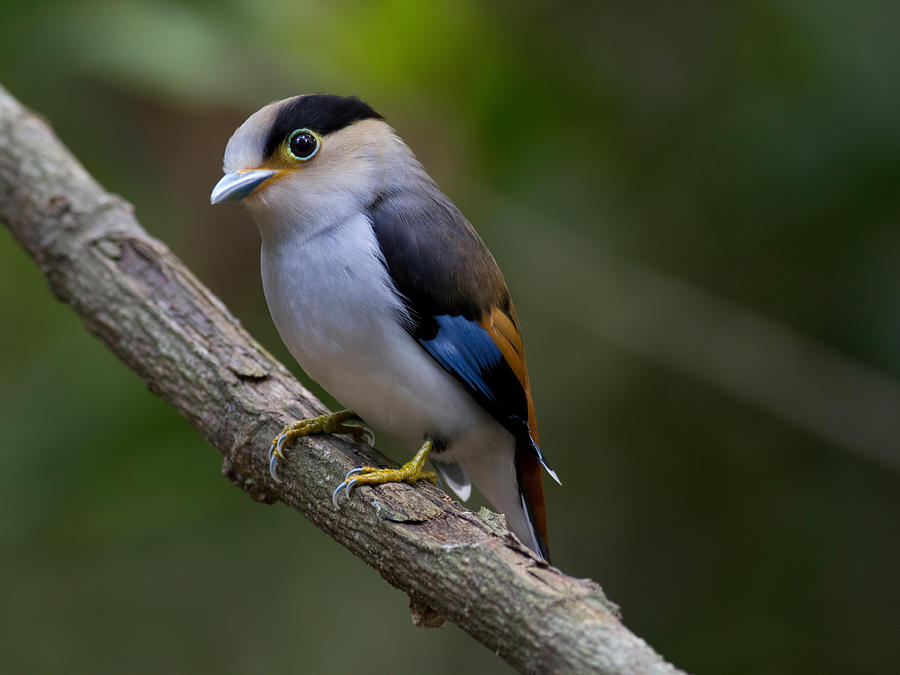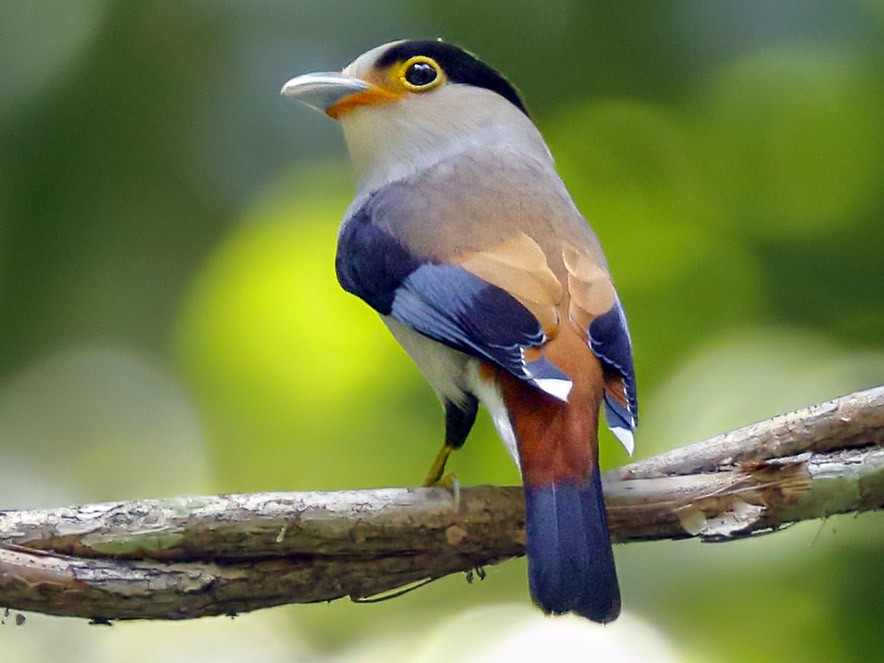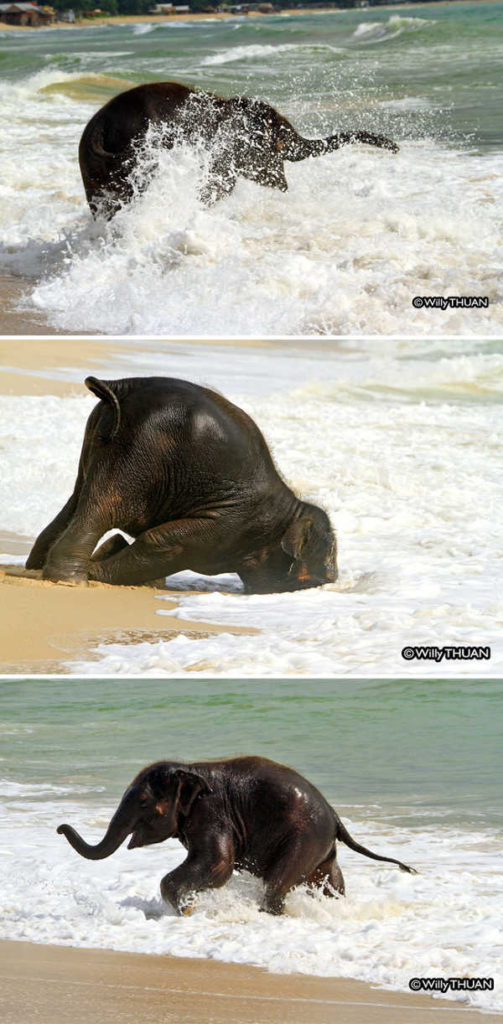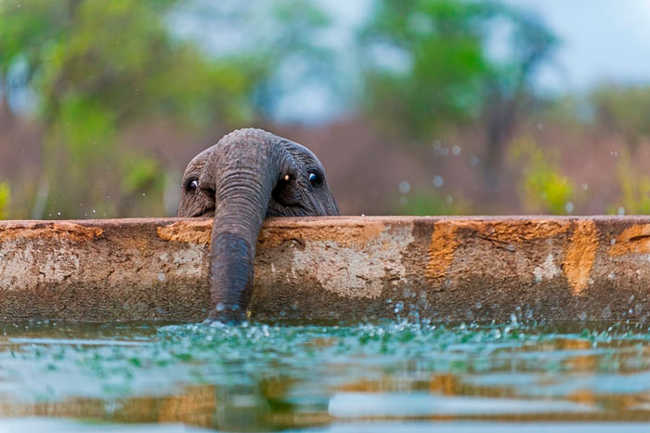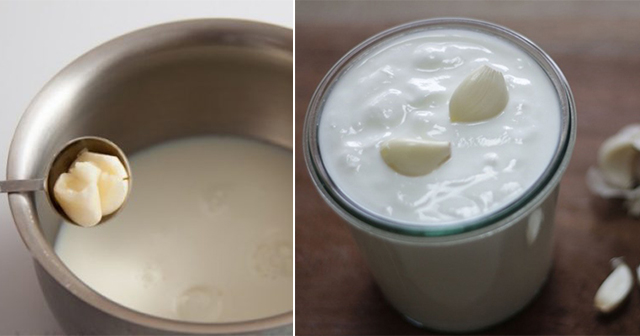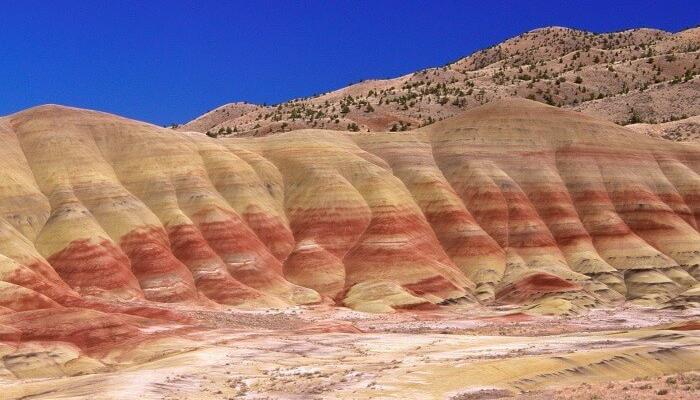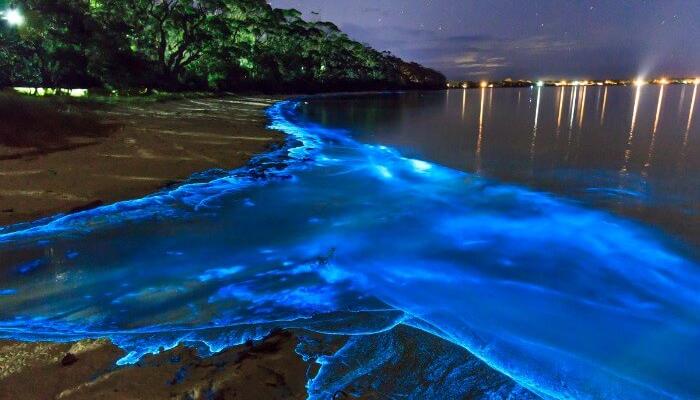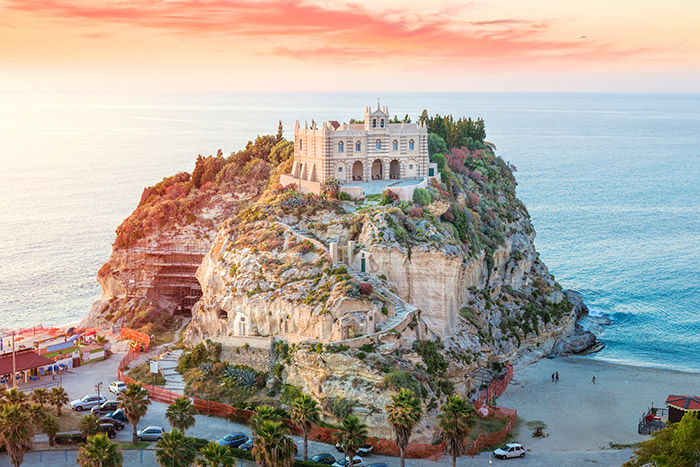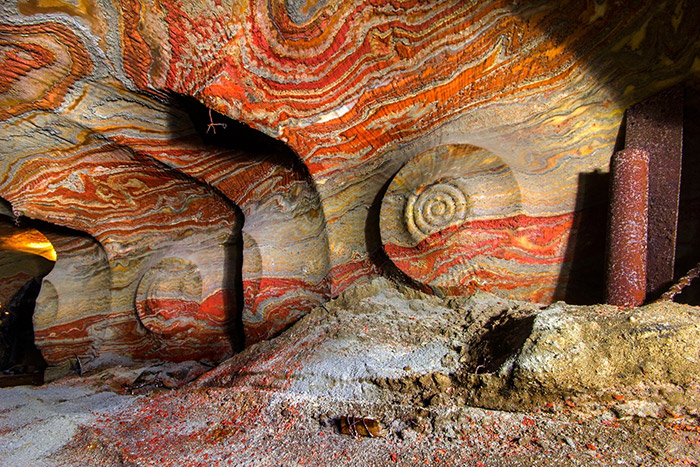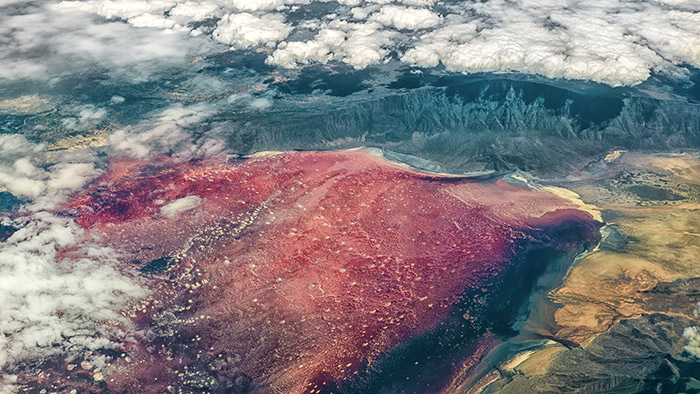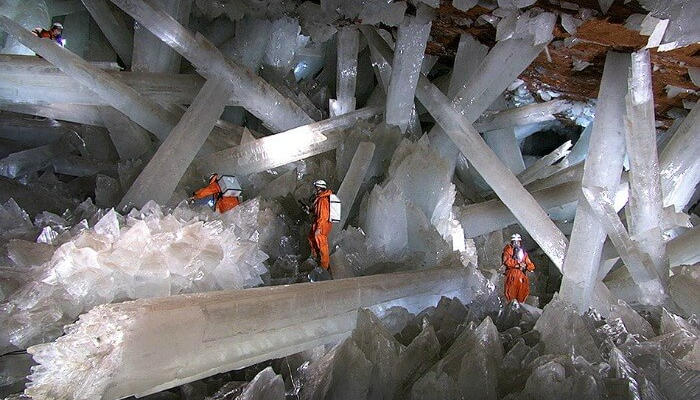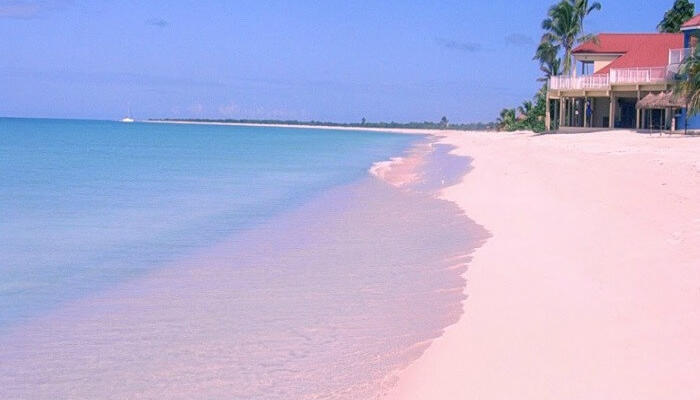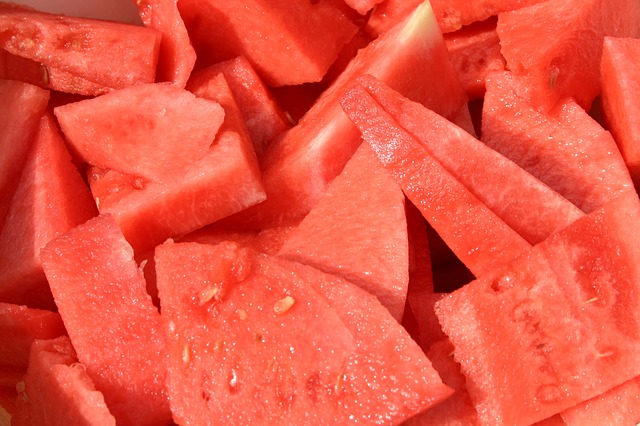The world we live in is a very interesting place. Each place on this Earth has its own unique features. Some features are not just unique but can also seem weird to our human minds. Here are 20+ weirdest places across the world that are a must visit. 
This weirdness that you notice while on the road comes in different guises. It can be quirks of culture, or it can be unique attractions; it can be natural, or it can be man-made; in some cases it can be a complete mystery to even those who claim it as their own. Museums can be weird. Buildings can be weird. Entire cities or countries can be weird. And that’s a very, very good thing to discover.

1. Salar De Uyuni – Explore The White Salt Bed: One of the top weirdest places across the world is located in Potosí and Oruro departments, this is the world’s largest salt pan and one of the strange places in the world. And when a thin film of water gathers on the surface it is also the world’s largest natural mirror. The best sight of this space can be observed from the central Incahuasi Island. Salar De Uyuni is the remains of a prehistoric lake that dried off and left behind void space of bright-white salt, rock formations, and cacti-islands. This place harbors large flocks of beautiful pink flamingos that can be seen grazing in the water. The best time to visit this place is in the months of July and October. Location: Bolivia. Best time to visit: July to October. How to reach: Fly or take a train/bus to Uyuni and then take a hired vehicle to the salt flats.

2. Lake Natron – The Scariest Lake: Looking for some weird places in the world? How about this terrifying lake? Animals that die in this African lake are turned into statues, through calcification. The presence of huge volumes of sodium bicarbonate ensures they turn into mummies. And because of the high alkaline collection, the lake looks red in color, especially during summer in Tanzania. This is the reason why this lake is also known as the ‘Petrifying Lake’. In spite of all these conditions, it is grazing ground for the Lesser Flamingos. Fancy a dip? Don’t even think about it. Location: Tanzania. Best time to visit: June to August. How to reach: Fly to Tanzania and book a guided tour of Rift Valley of which the lake is a part.
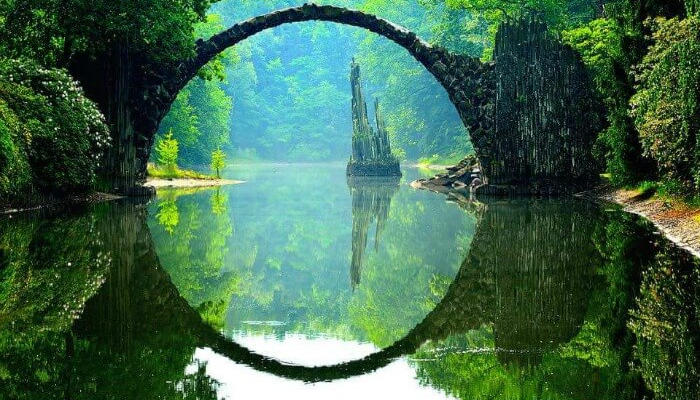
3. Die Rakotzbrück – The Nature’s Own Ring: The Die Rakotzbrück bridge is another strange places and comes under the weird places in the world. Constructed in the 19th century is famed for its unique construction accuracy, with the bridge and its reflection merging into a complete and perfect stone circle, no matter where you see it from. Spooky! It is in fact one of the weirdest places across the world. This is probably why the bridge is also known as the ‘Devil’s Bridge’. It seems that the makers of the bridge emphasized more on its aesthetics than its utility. Both the ends of the Rakotzbrücke have thin rock spires installed, to make it look like natural basalt columns, which commonly occur in many parts of Germany. Location: Altes Schloß 11, 02953 Gablenz, Germany. Best time to visit: May to September. How to reach: Fly to Dresden and take a train to Gablenz from Dresden Hauptbahnhof. From there you can take a taxi to the Devil’s Bridge.
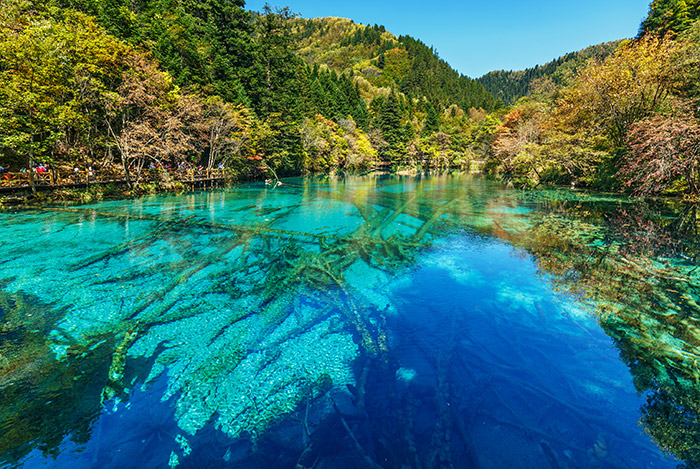
4. Dive into the blue lake at Jiuzhaigou National Park (China): Get a glimpse of this 1375-metre-long beautiful crystal blue lake in China. Tucked away in among the Min Mountains near the Tibetan Plateau, it’s a far cry from the bustling streets of Beijing! Deservedly, UNESCO turned the place into a World Heritage site in 1992.
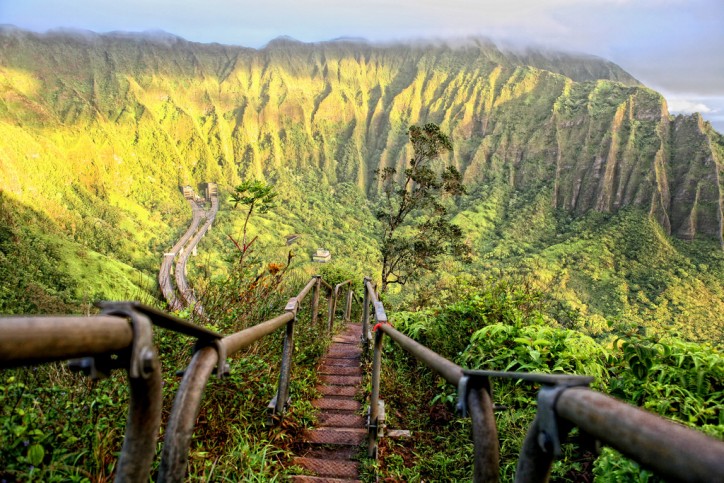
5. Walk the Haiku Stairs in Oahu, Hawaii: Nothing quite comes closer to the ‘stairway to heaven’ than the Haiku Stairs in Oahu. These majestic stairs had a top secret purpose when they were built in 1942. Constructed by the Haiku Radio Station to transmit radio signals to Navy ships across the Pacific. Today you can walk the 3,922 steps. If you dare? So Friend, what you think once in a life you want to visit this place which is more colorful, beautiful then our dream place please leaves your comment below.
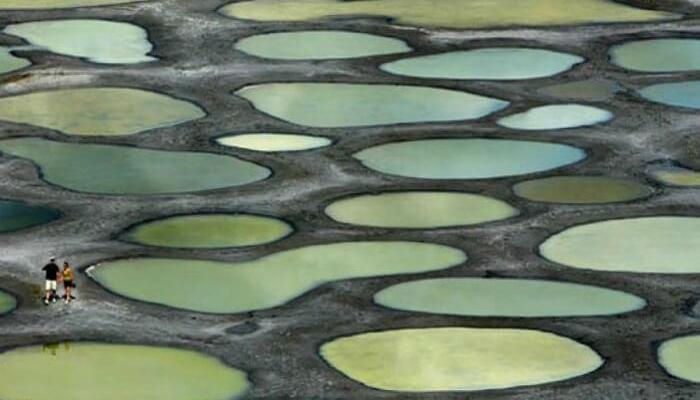
6. Spotted Lake Khiluk – Puddles Of Water: Spotted Lake Khiluk is the most mineralized lake in the world. Another bizarre place that makes it to the weirdest places across the world. The lake is spotted with 365 separate pools arranged in a strange mosaic-like pattern. Each of these spots holds a unique and highly concentrated chemical content and is said to cure different diseases. Definitely one of the nicer strangest places in the world. Location: Northwest of Osoyoos, British Columbia. Best time to visit: April to October. How to reach: Fly to British Columbia and take a bus or train to Osoyoos.

7. Slope Point – Windy Spot: Slope Point is the South Island’s southernmost point is another of the strange places in the world . The forest here is home to trees that are permanently twisted and windblown thanks to the intense Antarctic gusts. Windy much? This is one of the windiest strangest places in the world. The sight is all the more intensified by the rugged cliffs, eroded by the strong winds and time. The place is used for sheep farming, though there are no houses around. Another highlight of this place is the AA signpost that is installed here showing the distance to the Equator (5,140 km) and the South Pole (4,803 km). Location: New Zealand. Best time to visit: December to February. How to reach: Fly to Auckland and take a ferry to South Island.
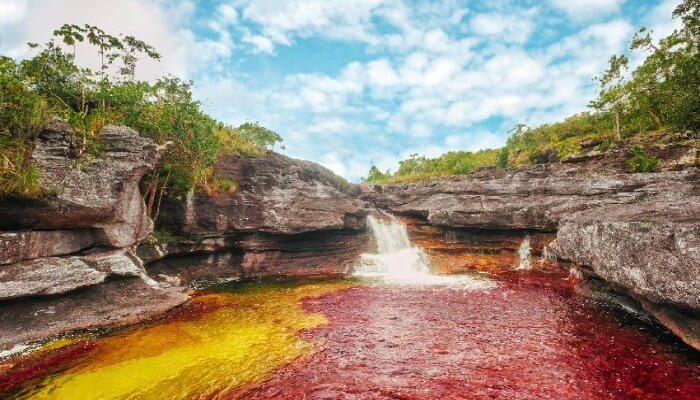
8. Caño Cristales – The River Of 5 Colors: In the summer months, this Colombian river turns red. Counted as the most weirdest places in the world, the river bed is covered by a unique species of plant, and that is what turns red. Another one of those mysterious places on earth underwater. The river is commonly called the “River of Five Colors” or the “Liquid Rainbow”. It has been called the most beautiful water body on Earth. You can make a time lapse here of the water cascading down the rocks. Location: Colombia. Best time to visit. How to reach: Fly to Bogotá or Villavicencio and take an internal flight to La Macarena. From here, book a local tour of the national park which will cover the land transfers to and fro.
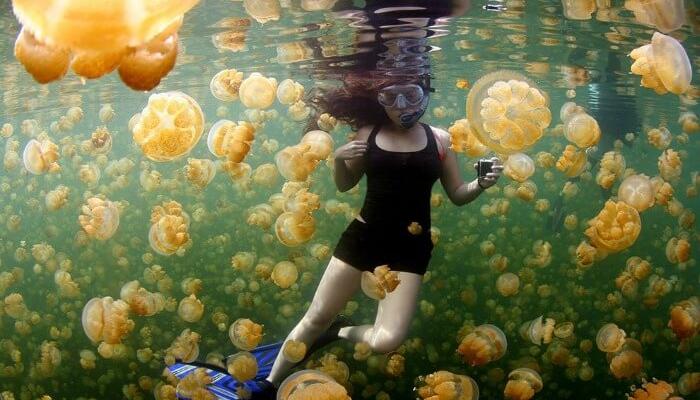
9. Jellyfish Lake – See The Creatures: There are 70 marine lakes located in this region. What makes Jellyfish Lake stand apart from the rest is that it contains jellyfish. Too many of them! It was closed for public in 2012 owing to the diminishing population of jellyfish in this lake, one of the weirdest places across the world for sure! Scientists assumed that it was the end of this beautiful lake. But the population of jellyfish grew in recent years and it has once again been opened for the public. Cool, right? Location: Palau. Best time to visit: November to April. How to reach: Take a speedboat from Palau mainland to Eil Malk Island and opt for a snorkeling tour in the Rock Islands to see the jellyfish.
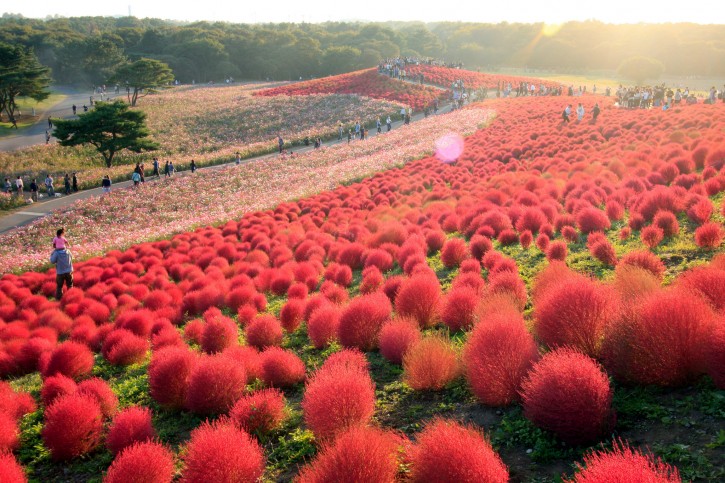
10. The Hitachi Seaside Park (Ibaraki, Japan): A beautiful unknown place near Tokyo is hard to come by, but here’s one! Located northeast of Tokyo within the Kanto Plain is this vast hectare of a variety of flowers in every palette. Definitely a place where flower enthusiast can call paradise.
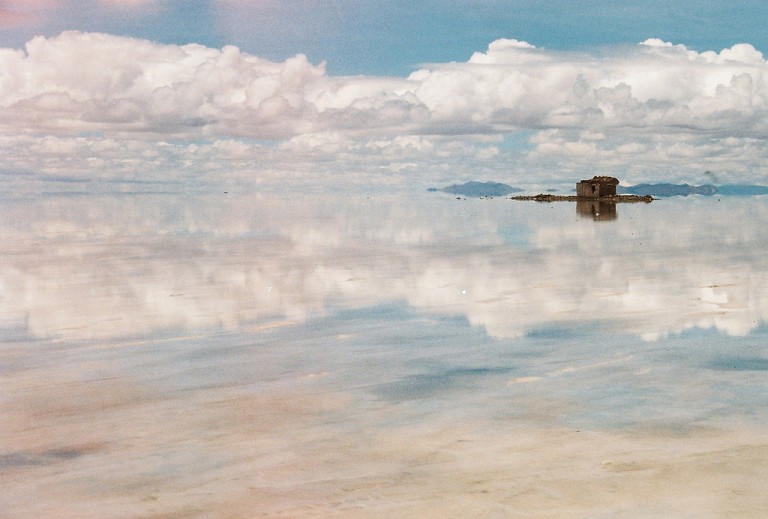
11. Salar de Uyuni (Salar de Tunupa) in Bolivia: This salt flat that extends to 10,582 square kilometers is considered to be the world’s largest salt flat in the world. Tucked away in Potosi, southwest of Bolivia, this is one of the most beautiful unknown places in the world. Formed as a result of the prehistoric lakes within its surroundings.

12. Snorkel the Aquarium in Rangiroa, French Polynesia: This long stretch of natural coral reef is one of the best snorkelling spots in the world, full of colourful tropical fish. Healthy coral surrounds the aquarium with depths ranging from 1m to 4m. A secret snorkelling spot to avoid the crowds.
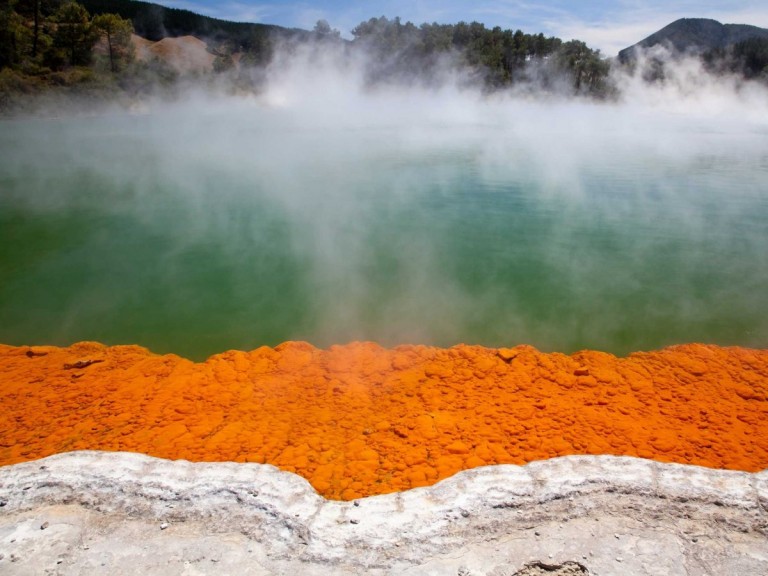
13. The Rotorua Hot springs in Rotura, New Zealand: Rotura is known as the world’s most remarkable geothermal wonderland, with shooting geysers and bubbling mud pools. While you indulge in relaxation, don’t forget to learn about the fascinating culture of Maori within your side trips.
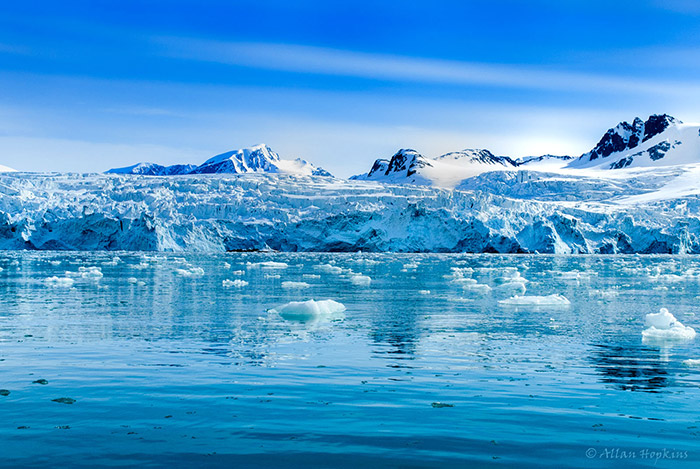
14. Wrap up warm in Svalbard, between Norway and the North Pole: Are you ready for a cold adventure? Then hop on for a ride to the Arctic ocean to discover Svalbard, an archipelago between Norway and North Pole. One of the most beautiful untouched places in the world. Svalbard translates to “cold coasts”. Over here you can find a number of nature reserves, bird sanctuaries and some polar bears too!
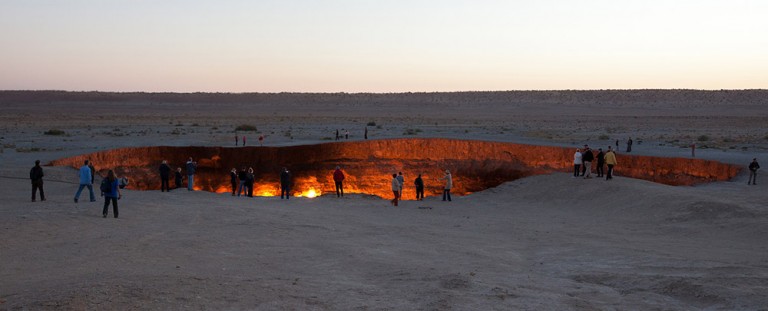
15. Dare to look down “The Door to Hell” in Derweze, Turkmenistan: This natural gas field known as “The Door to Hell” or “The gateway to hell” is something out of the ordinary. This caverned collapsed in 1971, geologists then set it on fire to avoid the spread of methane gas and since then it just keeps burning continuously. Since then, it has become a unique place to visit. Dare to get near this crater for a good selfie?

16. Blood Falls – Witness The Red Water Flow: Amidst the unending whiteness of the snow, Blood Falls provides a creepy relief. The water is red in color due to the presence of huge amounts of Iron. Definitely makes the list of the strangest places in the world. According to Forbes, the mystery surrounding Blood Falls has been solved. According to the researchers of the University of Alaska, the red coloring is due to “oxidized iron in brine saltwater, the same process that gives the iron a dark red color when it rusts.” Location: Antarctica. Best time to visit: November to March. How to reach: Fly to Taylor Valley and hike to the waterfall with a guide.
17. Painted Hills – Witness The Nature’s Painting: How often do you come across a place and are simply left awestruck by its beauty? Painted Hills is one of those weirdest places across the world. Don’t believe us? Book a trip to Oregon right away and see for yourself. We promise you will change your mind after you find it in every Oregon travel guide and when it you see it for yourself! At Painted Hills of John Day Fossil Beds, the presence of minerals stain the hills in myriad hues. The ever changing light and moisture levels affect the yellows, reds, golds, and blacks. Location: Oregon, the US. Best time to visit: June to August. How to reach: Fly to Oregon and drive (or take a taxi) via the Journey Through Time Scenic Byway to get to the hills.
18. Confluence Of Rhone And Arve Rivers – See The Merge: There is a defined contrast between these two rivers of Switzerland; one is blue and the other brown. They never fully mix due to the difference in density. They mix in Geneva, which is situated in Switzerland. It is hard to walk by this beautiful marvel of nature and not feel overwhelmed by whatever nature has to offer us. Go ahead and Google search this place to check out beautiful photographs of this place. You will be blown away by the beauty of one of the most scenic places in Switzerland. Location: Switzerland. Best time to visit: March to June. How to reach: Fly to Geneva and either take a taxi or walk to the confluence point.
19. Sea Of Stars – Walk Down The Glowing Water: Bioluminescent sea plankton that shines bright blue during the night makes the sea area at Vaadhoo Island look like the Sea of Stars. The sea of stars of Vaadhoo Island Maldives attracts millions of tourists every year. The tourist footfall seems to be only increasing after the sea was featured in far and few Bollywood and Hollywood films. The Maldives is listed as one of the cheapest destinations in the world and this beach is one of the weirdest places across the world. So, what’s stopping you from seeing this sight? Location: Maldives. Best time to visit: May to November. How to reach: From to Male and take a speedboat to Vaadhoo Island.
20. Walk up to the Monastery of Santa Maria dell’Isola in Tropea, Italy: Are you up for a secret getaway? Like literally, a secret getaway. Then pack your bags and head to Tropea, Italy. Get a good view of this 12th century Norman cathedral Franciscan monastery. This place is a best kept secret of Italians where they all go to for vacations. (Apologies to the Italians for sharing it with the world!) Not a lot of travellers know about this place yet. Not only do you get the scenic view of the castle but you can also enjoy an afternoon dip in its warm, turquoise clear water. How can you resist a dramatic coastal cliff view while you’re sunbathing?
21. Visit the Psychedelic Salt Mines in Yekaterinburg, Russia: Don’t be fooled upon entering these salt mines. You are not in any way drugged into seeing things in a different form. These psychedelic patterns on the walls will surely leave you mind boggled as to how they were formed. As a result of the mineral carnallite, natural colourful swirls are formed.
22. Explore Lake Natron in Tanzania, from afar: This lake turns animals into stone. Yes, really! A highly unusual place to visit, but with a perfect explanation behind it of course. The water in this lake is extremely alkaline with a PH value as high as 10.5. Consequently, it automatically burns the skin of any animal dares venture into the water. TIP: Skip swimming in this lake.
23. Giant Crystal Cave – See The Unreal Beauty: Giant Crystal Cave at Naica Mine is also one of the weirdest places on the Earth. Deep down in the bowels of the Earth, these huge shiny mineral pillars are enough to make you feel claustrophobic. This mammoth structure has been growing underneath Mexico for more than 500,000 years. It makes for an exceptional case study on how organisms survive in extreme heat and humidity. All nature lovers must visit this place at least once. Location: Mexico. Best time to visit: December to April. How to reach: Fly to Chihuahua and take a bus or train to Naica. From here you can get a taxi to the caves.
24. Pink Sands Beach – See Something Different: The sand at this beach is pink in color due to the presence of certain minerals and plankton. According to recent scientific research, the pink hue comes from foraminifera, a microscopic organism that actually has a reddish-pink shell. The sand is a mix of coral, shells, and calcium carbonate. Only a few pink sand beaches exist in the world. The rarity of these beaches adds to the charm and mystery they hold among the human population. Location: The Bahamas. Best time to visit: December to May. How to reach: Fly to the Bahamas and take a ferry or private boat to Harbour Island where the beach is located.


